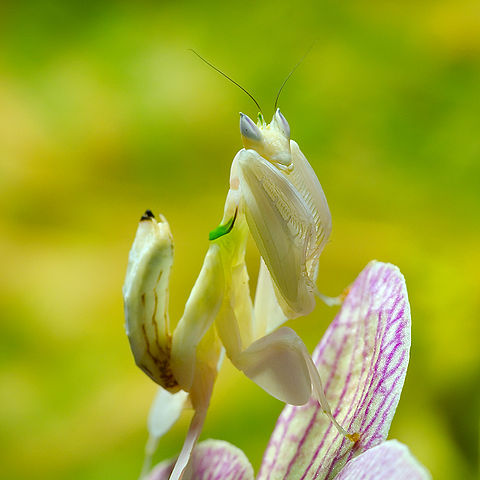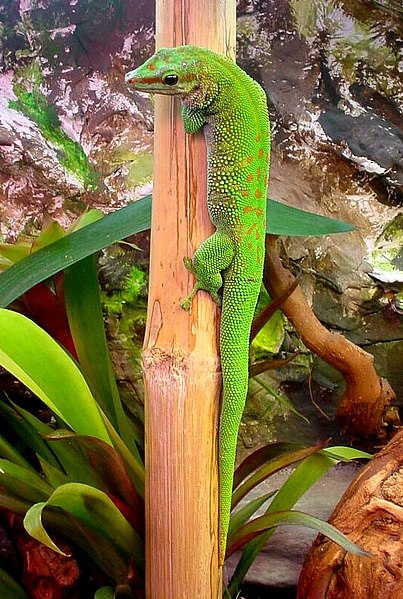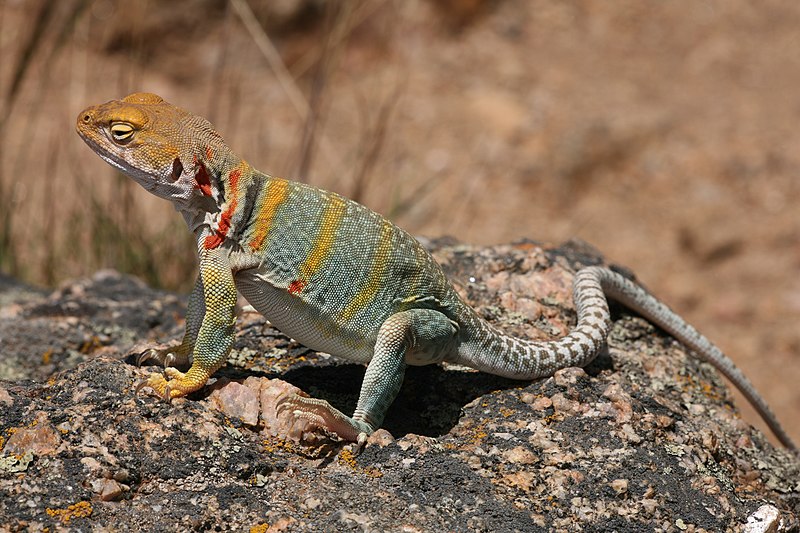Like most lifelong animal keepers, I consider myself to be a fairly good judge of humidity levels in the home terrariums and zoo exhibits under my care. But when I began working in new buildings equipped with state-of-the-art hygrometers (humidity gauges), I quickly realized that I had much to learn. I was especially surprised to discover how widely humidity levels can vary within even a small enclosure, and how this can affect every facet of an animal’s life. The accurate, easy-to-use humidity gauges now available offer us the chance to provide better care to our charges and perhaps to uncover important new details about their lives.
Recent Innovations in Humidity Monitoring
Over the past several decades, hobbyists and zoos have greatly expanded the number of rare and delicate species that can be kept and bred in captivity. Many of these successes have been due to an increased understanding of the roles that UVB, temperature, diet and other such factors play in their lives.
Humidity levels have also been taken into account by serious animal owners, but this topic has been given less attention than others. This is partially because many reptiles, and some amphibians and invertebrates, can meet their needs by soaking in a water bowl or retreating to a moist shelter. But the real obstacle has been the unavailability of affordable hygrometers designed for use with animals. Happily, humidity gauges that fit just about every terrarium and budget are now available, and all are very simple to use (since I can do it!). Read More »
 That Reptile Blog – Reptile, Amphibian and Exotic Pet Care and Information
That Reptile Blog – Reptile, Amphibian and Exotic Pet Care and Information




